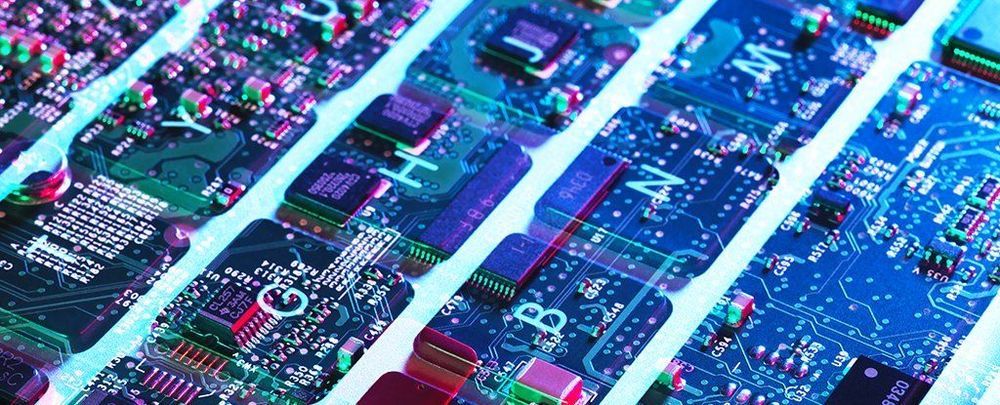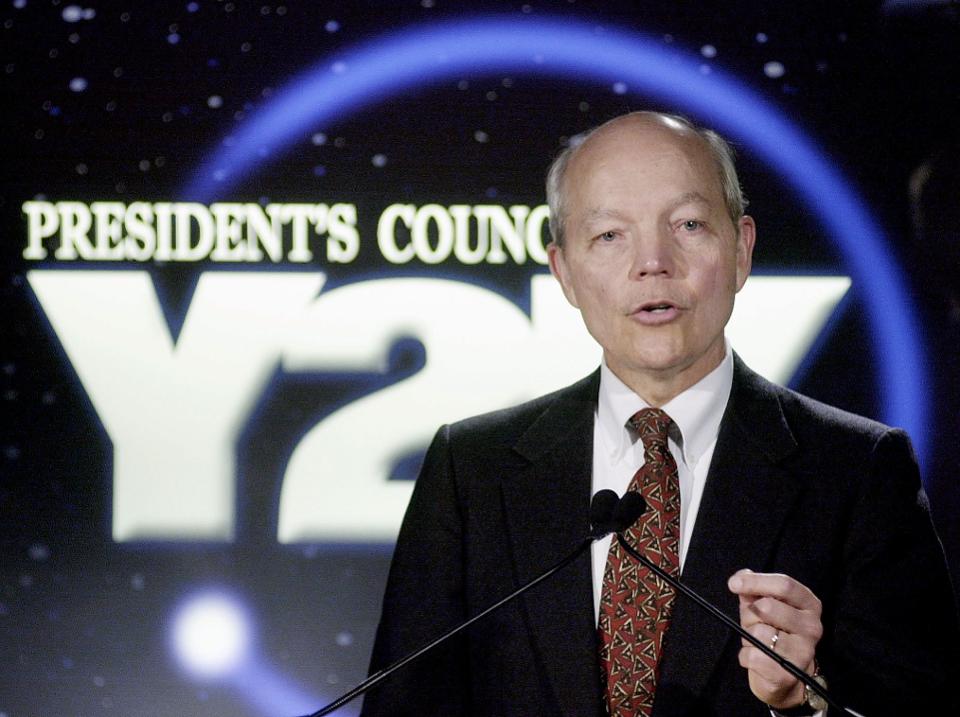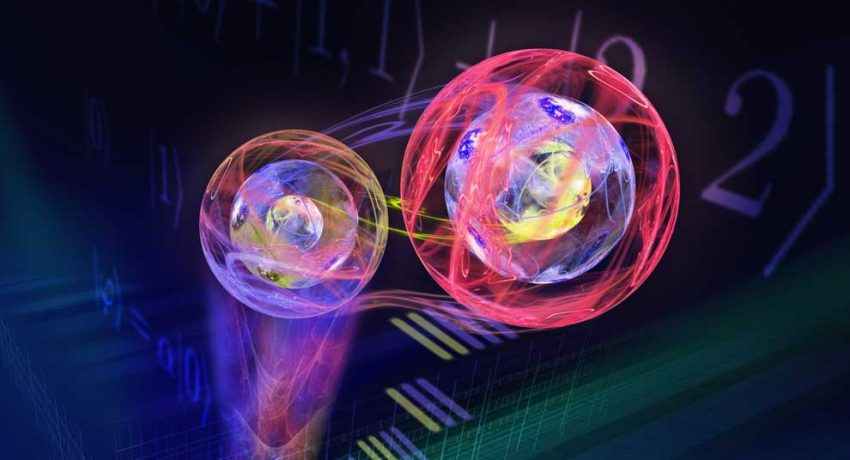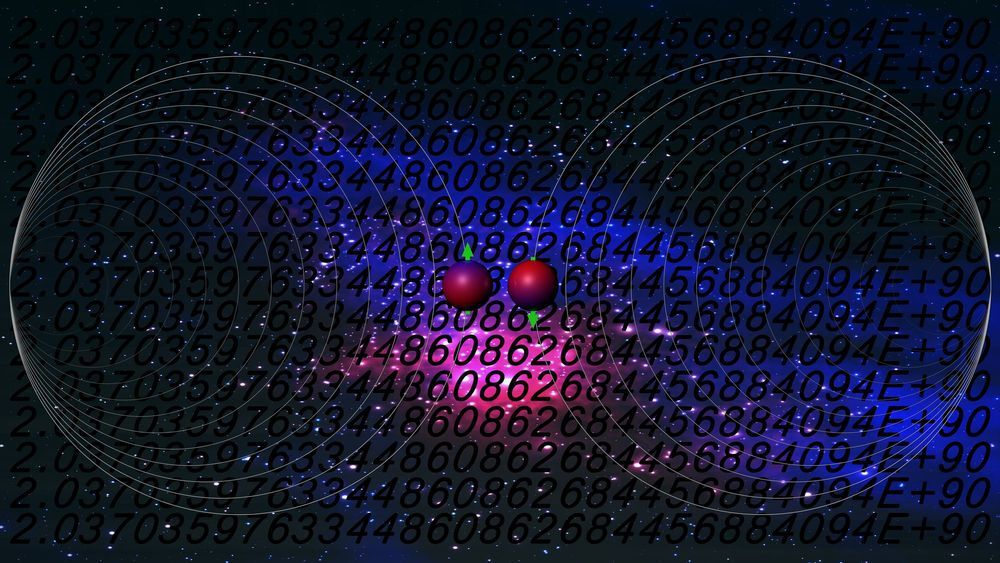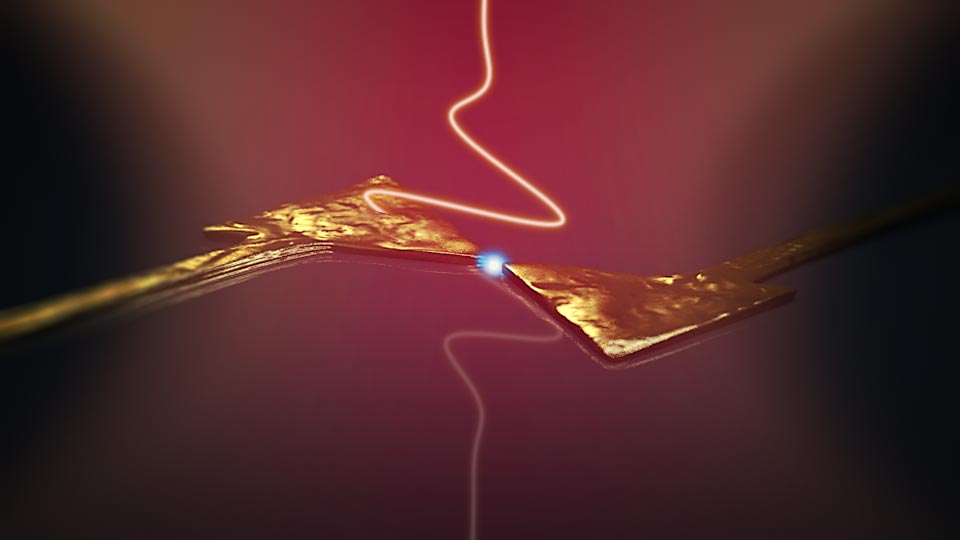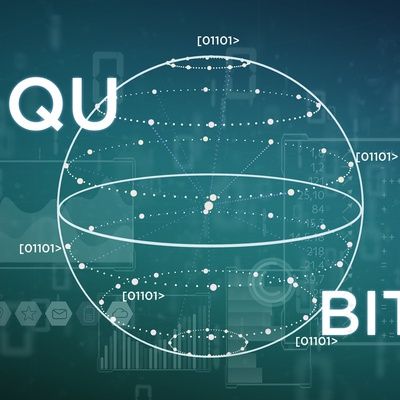As 2019 winds to a close, the journey towards fully realised quantum computing continues: physicists have been able to demonstrate quantum teleportation between two computer chips for the first time.
Put simply, this breakthrough means that information was passed between the chips not by physical electronic connections, but through quantum entanglement – by linking two particles across a gap using the principles of quantum physics.
We don’t yet understand everything about quantum entanglement (it’s the same phenomenon Albert Einstein famously called “spooky action”), but being able to use it to send information between computer chips is significant, even if so far we’re confined to a tightly controlled lab environment.
